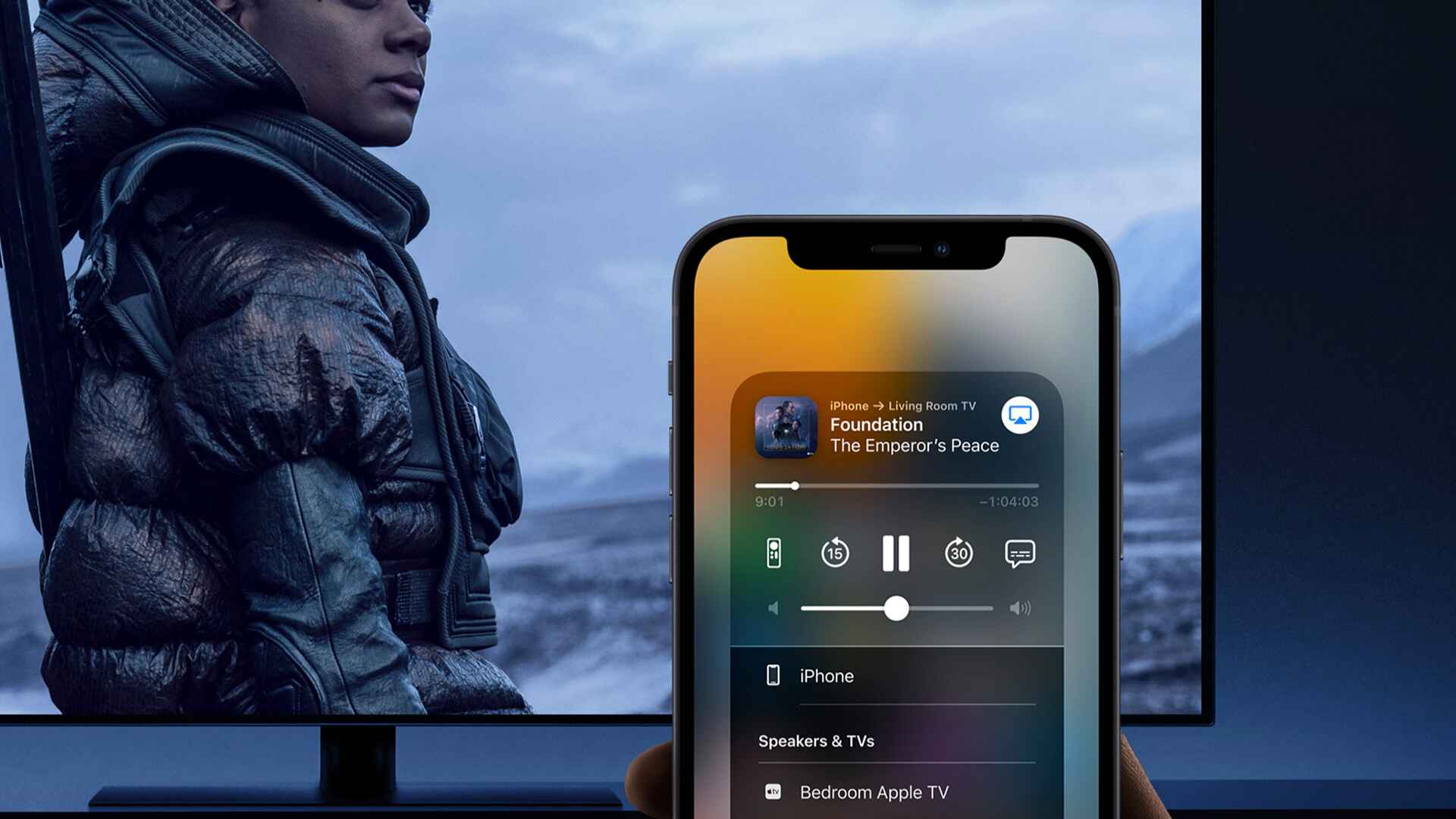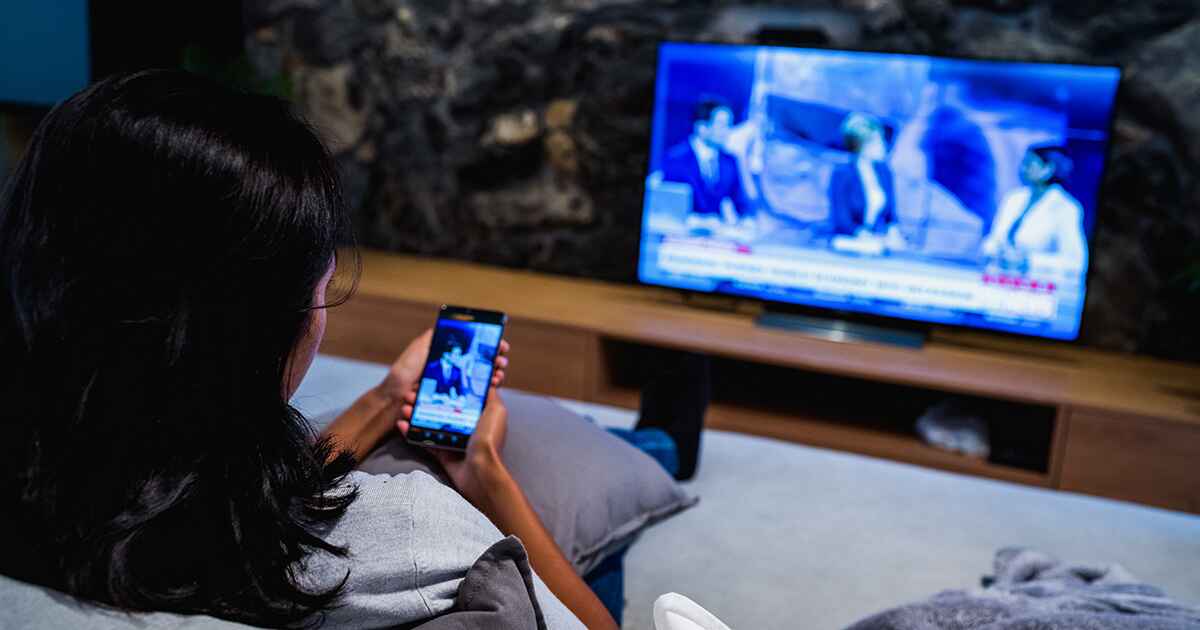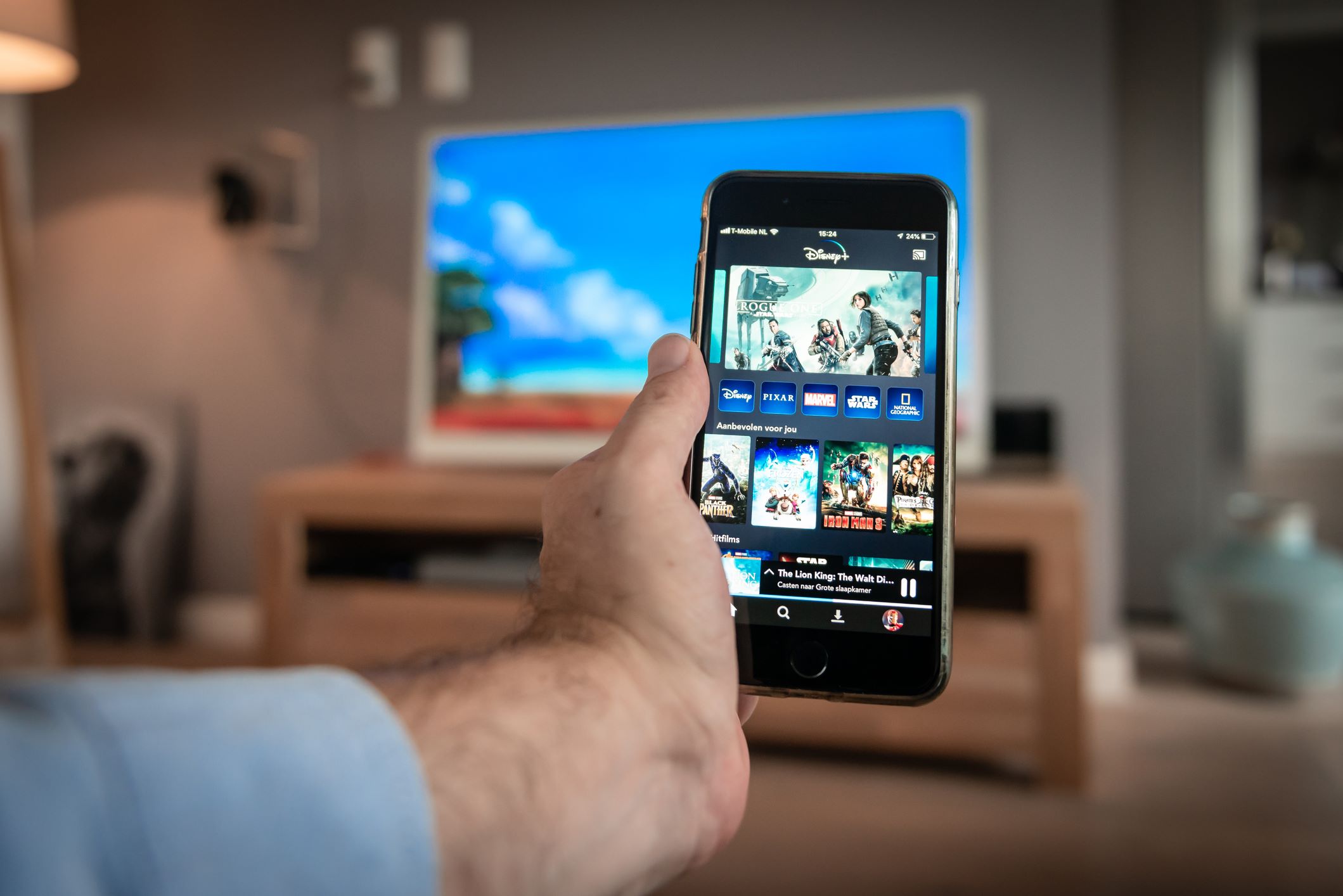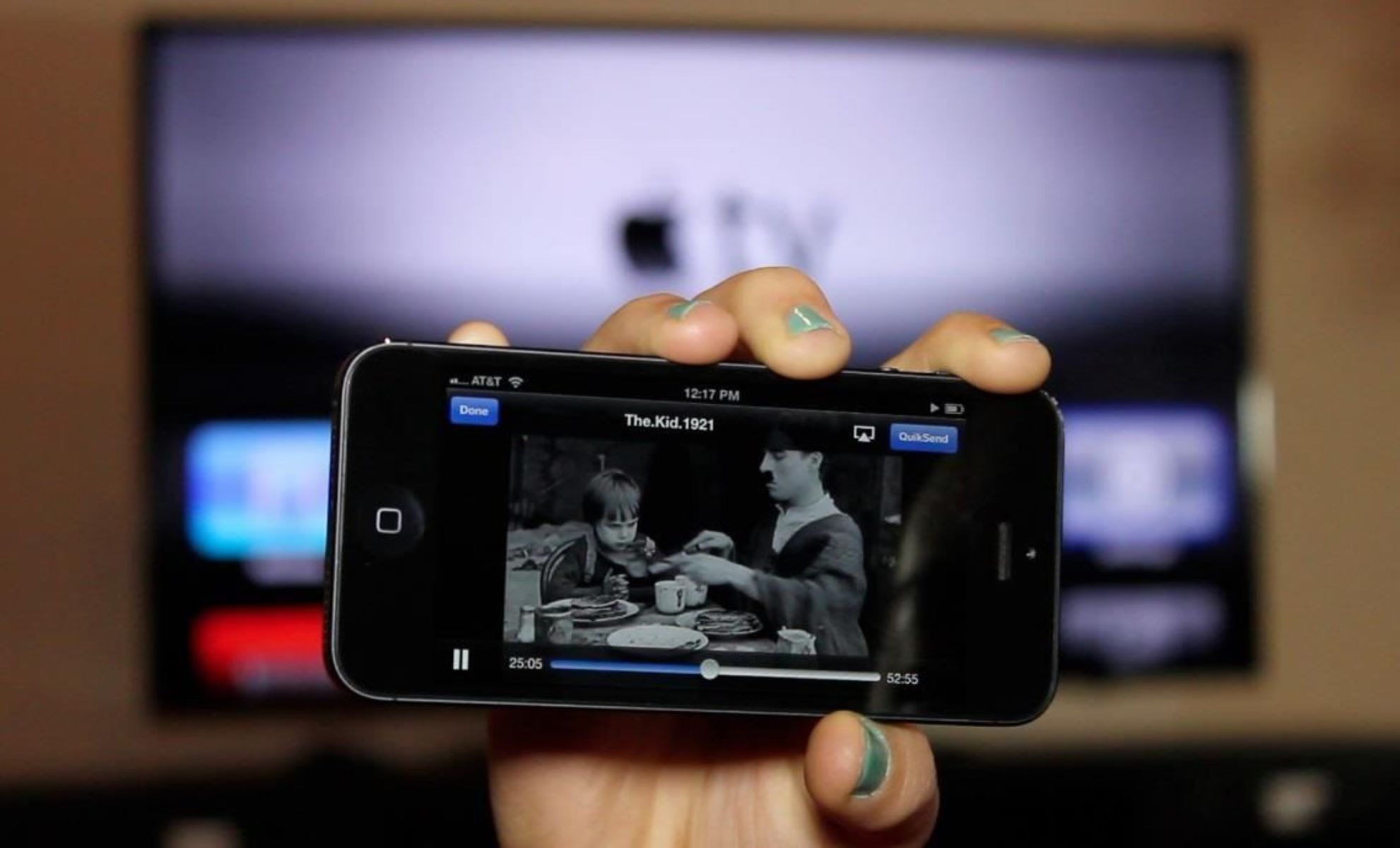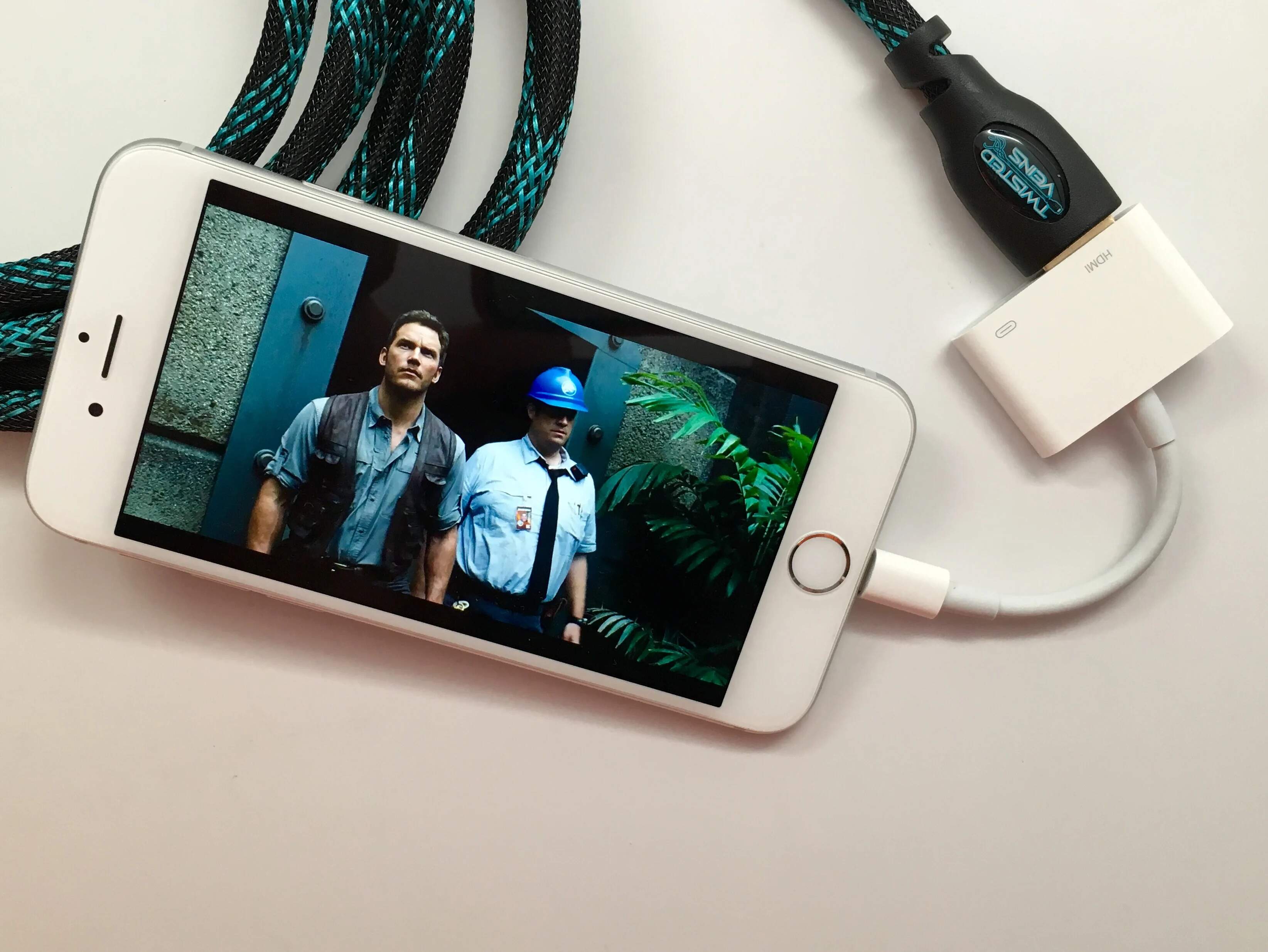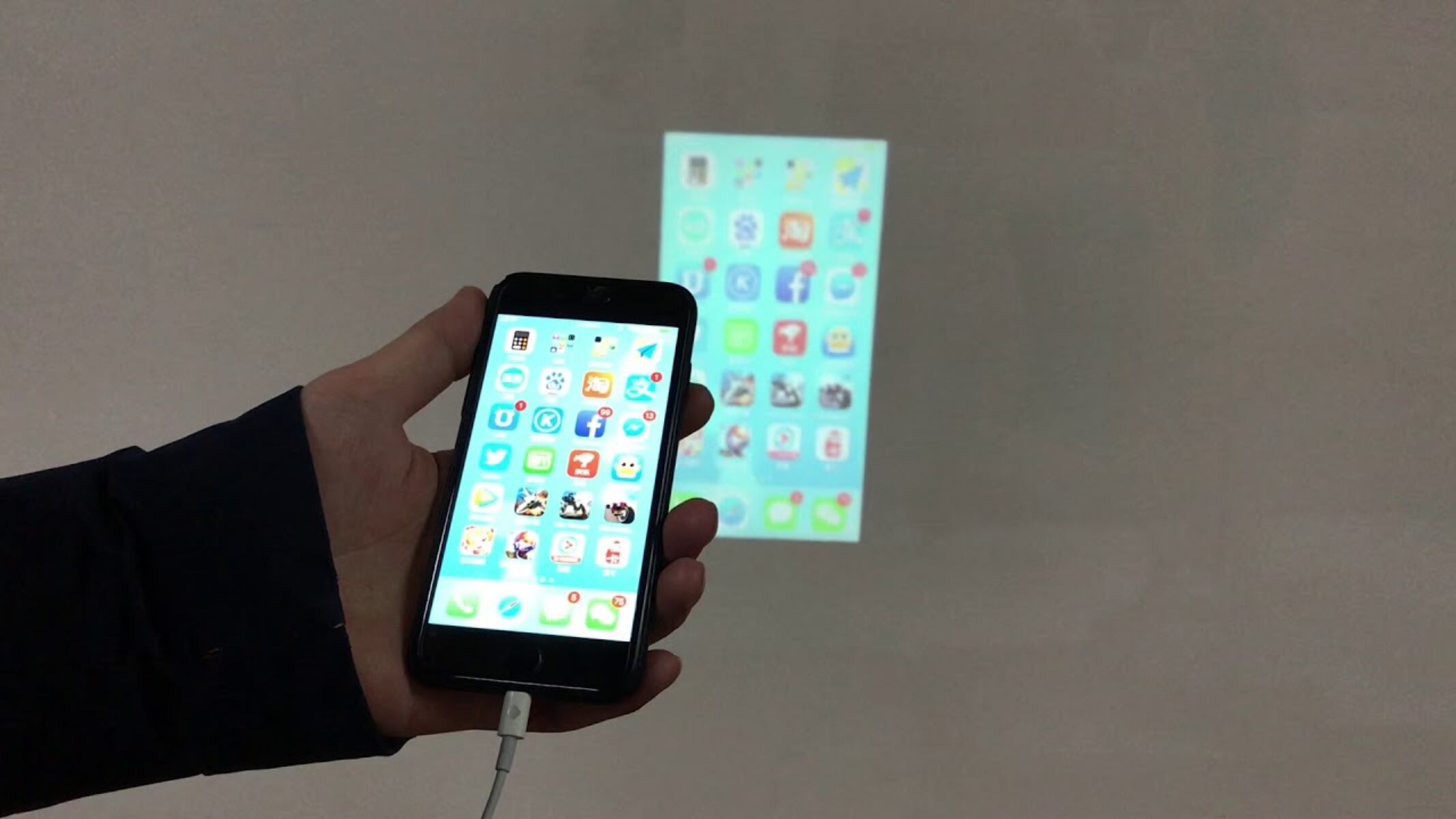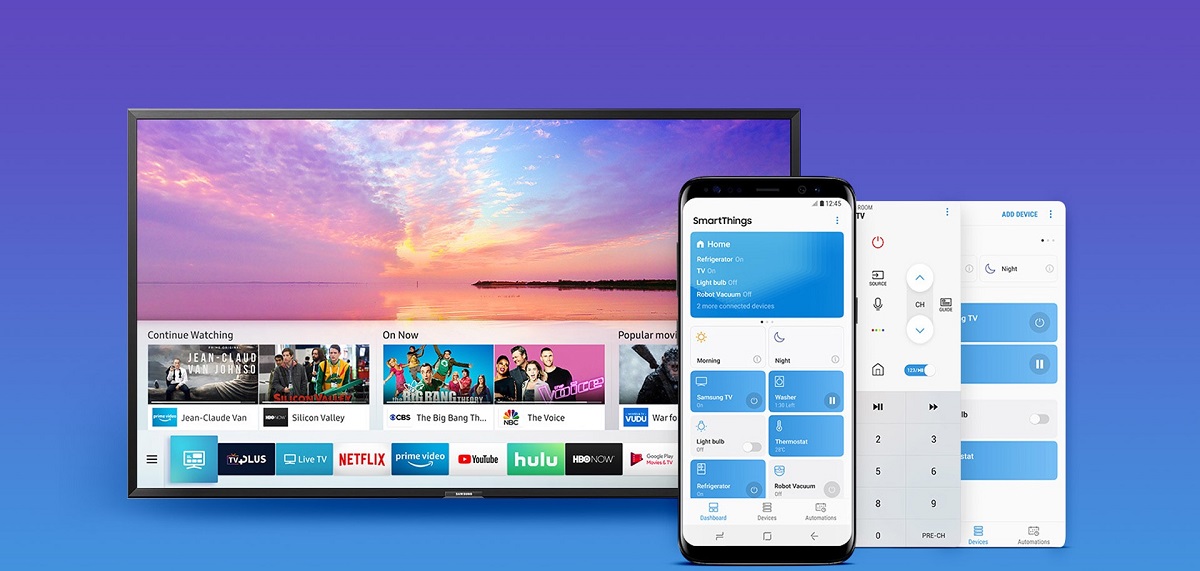Introduction
Introduction
Welcome to the world of wireless connectivity without the need for Wi-Fi. With the increasing versatility of smartphones, it's now possible to connect your iPhone to your TV without relying on a Wi-Fi network. This convenient method allows you to enjoy your favorite content on a larger screen, whether it's for streaming movies, sharing photos, or delivering presentations. By following this guide, you'll be able to seamlessly bridge the gap between your iPhone and TV, opening up a world of possibilities for entertainment and productivity.
In this comprehensive guide, we'll walk you through the process of setting up a Wi-Fi-free connection between your iPhone and TV. You'll learn about the essential tools and accessories required for this setup, the step-by-step process of establishing the connection, and valuable troubleshooting tips to ensure a smooth experience. Whether you're a tech enthusiast looking to explore new possibilities or a casual user seeking a hassle-free way to enjoy media on a larger screen, this guide has you covered.
By the end of this journey, you'll have the knowledge and confidence to create a seamless connection between your iPhone and TV, without the constraints of Wi-Fi. So, grab your iPhone and get ready to unlock the full potential of your TV with this Wi-Fi-free phone to TV connection guide. Let's dive in and discover the freedom of wireless connectivity, on your own terms.
What You’ll Need
What You’ll Need
Before embarking on the journey to connect your iPhone to your TV without Wi-Fi, it’s essential to gather the necessary tools and accessories. Here’s a rundown of what you’ll need to ensure a seamless and successful setup:
-
iPhone: The primary component of this setup is, of course, your iPhone. Ensure that it is charged and ready for the connection process.
-
TV with HDMI Input: You’ll need a TV equipped with an HDMI input port. Most modern TVs come with this feature, allowing for easy connectivity.
-
Lightning to HDMI Adapter: To bridge the connection between your iPhone and TV, you’ll require a Lightning to HDMI adapter. This essential accessory facilitates the transfer of audio and video signals from your iPhone to the TV.
-
HDMI Cable: A standard HDMI cable is necessary to physically link the Lightning to HDMI adapter to your TV’s HDMI input port. Ensure that the cable is of sufficient length to accommodate your setup.
-
Power Source: Depending on the specific Lightning to HDMI adapter you use, you may need to power it using an additional Lightning cable and power adapter. Be sure to have these on hand to avoid any interruptions during the connection process.
By ensuring that you have these essential components at your disposal, you’ll be well-prepared to proceed with the setup process. With these tools in hand, you’re ready to take the next steps in creating a Wi-Fi-free connection between your iPhone and TV.
Setting Up Your Wi-Fi-Free Connection
Setting Up Your Wi-Fi-Free Connection
Now that you have gathered the necessary tools, it’s time to embark on the process of setting up a Wi-Fi-free connection between your iPhone and TV. Follow these step-by-step instructions to establish a seamless connection:
-
Prepare Your TV and iPhone: Ensure that your TV is turned on and set to the HDMI input to which you will be connecting your iPhone. Similarly, ensure that your iPhone is charged and ready for the connection process.
-
Connect the Lightning to HDMI Adapter: Plug the Lightning end of the adapter into your iPhone’s charging port. Then, connect the HDMI cable to the HDMI port on the adapter.
-
Link to Power Source (If Required): Depending on the specific Lightning to HDMI adapter you have, you may need to power it using an additional Lightning cable and power adapter. Connect these to ensure a stable connection.
-
Connect the HDMI Cable to Your TV: Plug the other end of the HDMI cable into the HDMI input port on your TV. This physical link is crucial for the transfer of audio and video signals from your iPhone to the TV.
-
Switch to the Correct Input: Use your TV’s remote or on-screen controls to switch to the designated HDMI input to which your iPhone is connected. This step ensures that the TV recognizes and displays the content from your iPhone.
By following these steps, you’ll establish a direct, Wi-Fi-free connection between your iPhone and TV, allowing for the seamless transfer of audio and video content. With the physical link in place and the devices properly configured, you’re ready to enjoy your favorite media on the larger screen of your TV, all without the need for a Wi-Fi network.
Connecting Your iPhone to Your TV
Connecting Your iPhone to Your TV
With the physical connection established, it’s time to ensure that your iPhone and TV are seamlessly linked for the transfer of audio and video content. Here’s how to connect your iPhone to your TV without the need for Wi-Fi:
-
Unlock Your iPhone: If your iPhone is locked, unlock it using your passcode or Touch ID/Face ID to access the home screen.
-
Initiate the Connection: Upon connecting your iPhone to the TV, you may notice that the TV screen remains blank or displays a “No Signal” message. To initiate the connection, simply open the app or media content on your iPhone that you wish to display on the TV.
-
Enjoy Your Content: Once the content is playing on your iPhone, it should automatically mirror or extend to the TV screen. Whether you’re streaming a movie, sharing photos, or delivering a presentation, the TV will now showcase the same content as your iPhone, creating a captivating viewing experience.
By following these straightforward steps, you’ll successfully connect your iPhone to your TV without the need for Wi-Fi. This direct, hassle-free approach allows you to seamlessly share and enjoy a wide range of media content on the larger screen of your TV, enhancing your entertainment and productivity experiences.
Troubleshooting and Tips
Troubleshooting and Tips
While the process of connecting your iPhone to your TV without Wi-Fi is generally straightforward, there may be instances where you encounter challenges or seek to optimize the experience. Here are some troubleshooting tips and valuable insights to ensure a smooth and enjoyable connection:
-
Check Cable Connections: If you experience issues with the connection, ensure that all cable connections, including the Lightning to HDMI adapter and the HDMI cable to your TV, are secure and properly plugged in. A loose connection can lead to signal disruptions.
-
Ensure Power Supply: If your Lightning to HDMI adapter requires a power source, confirm that it is adequately powered using the Lightning cable and adapter. Insufficient power can lead to inconsistent performance.
-
Update iOS and Apps: Ensure that your iPhone is running the latest version of iOS, as well as the apps or media content you intend to display on the TV. Updates can address compatibility issues and improve performance.
-
Adjust TV Input Settings: If the TV does not display the content from your iPhone, double-check that it is set to the correct HDMI input. Some TVs may have multiple HDMI ports, so select the one to which your iPhone is connected.
-
Optimize Display Settings: Explore your iPhone’s display settings to adjust aspects such as brightness, resolution, and orientation to best suit the TV screen. This can enhance the visual experience and ensure optimal content visibility.
-
Explore AirPlay Options: If your TV supports AirPlay, consider utilizing this feature as an alternative method to wirelessly connect and share content from your iPhone. AirPlay can offer additional flexibility in managing your media playback.
By implementing these troubleshooting tips and exploring the suggested insights, you can overcome potential challenges and enhance the overall experience of connecting your iPhone to your TV without relying on Wi-Fi. With a bit of troubleshooting and optimization, you’ll be well-equipped to enjoy seamless and captivating media experiences on the big screen, directly from your iPhone.







